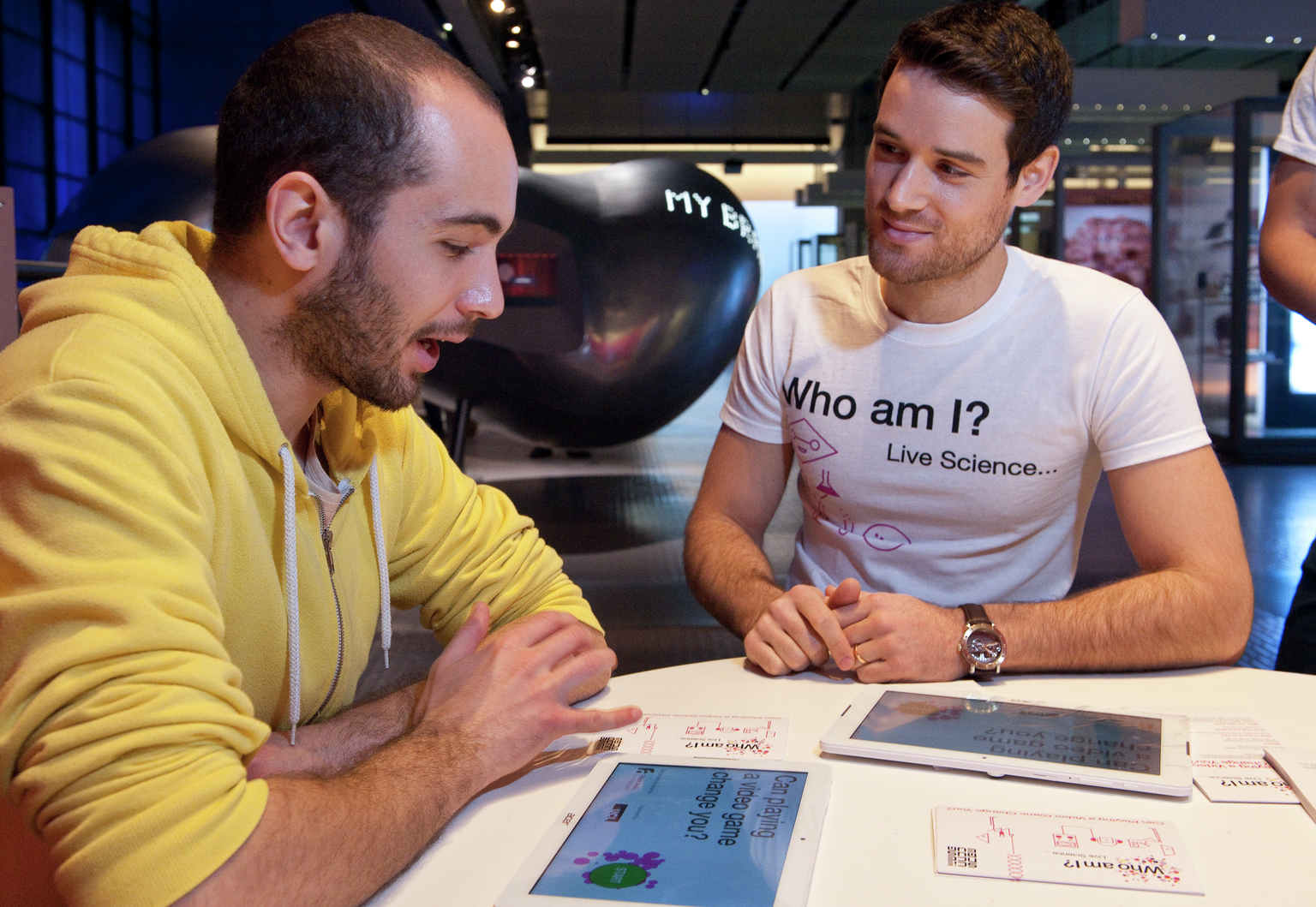
Roger Highfield, Director of External Affairs, explains how the Museum is advancing research with its Live Science programme for scientists.

Roger Highfield, Director of External Affairs, explains how the Museum is advancing research with its Live Science programme for scientists.
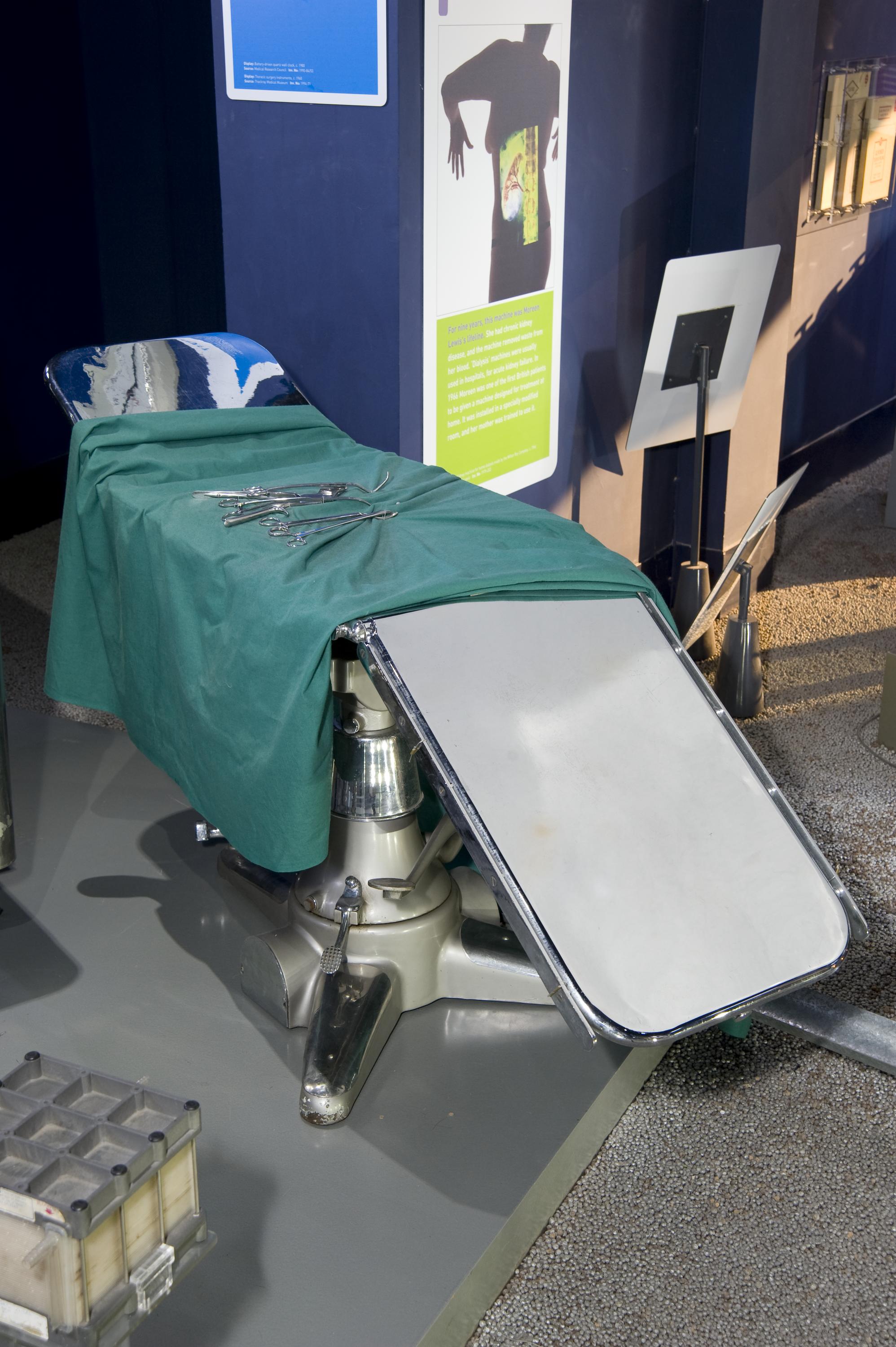
In the first episode of The Crown, a new Netflix drama series looking at the life of HM Queen Elizabeth II, showed the George VI’s lung operation carried out by surgeon Sir Clement Price Thomas (1893-1973) on a Sunday morning, 23 September 1951. The news made headlines all over the world. For The Crown, a group of practicing surgeons and theatre staff from Guys and St Thomas’ Trust came together to re-enact the operation in what is thought to be a […]
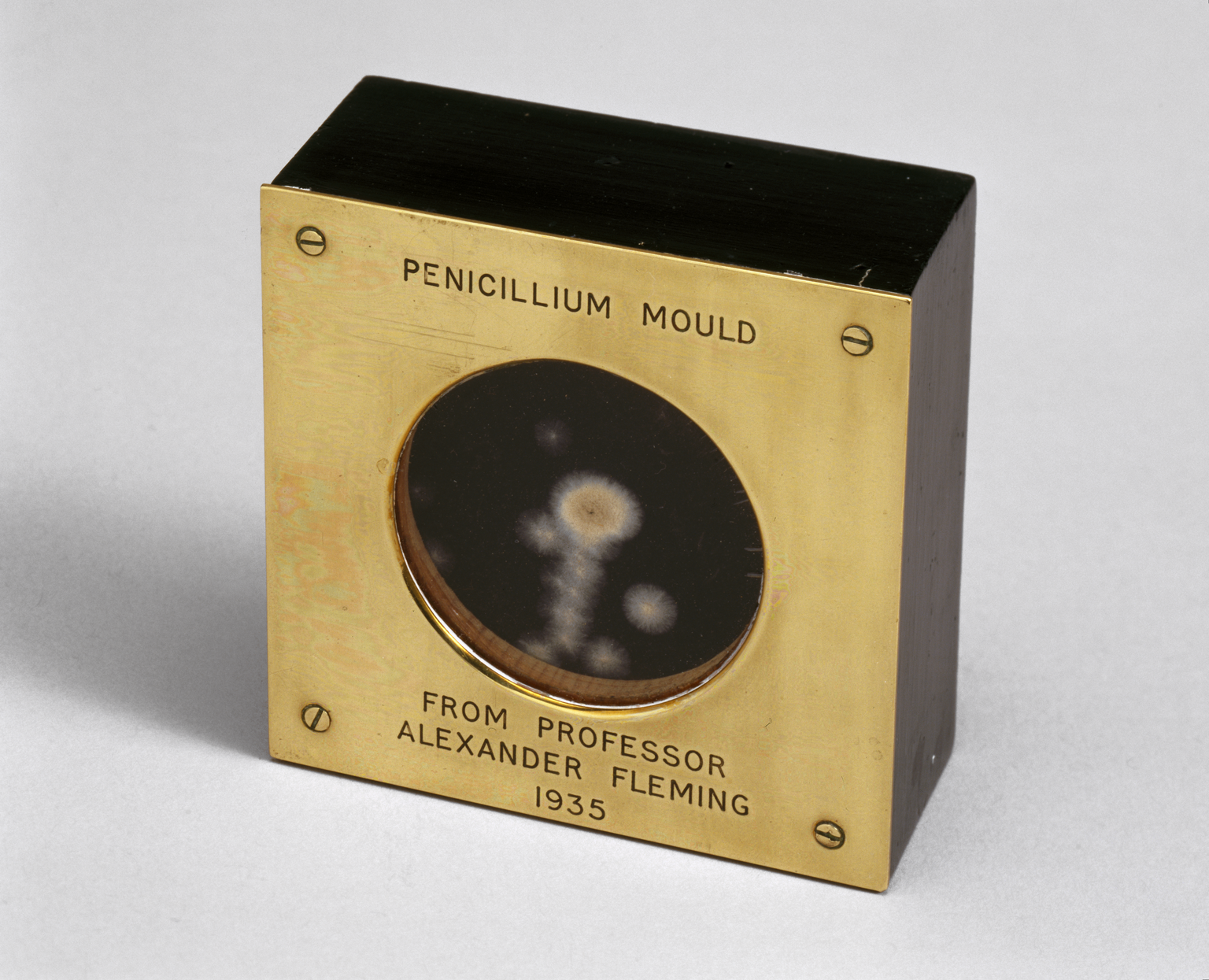
Walk through the ground floor of the Science Museum and you will pass by a little brass box which contains mould donated by Sir Alexander Fleming. Roger Highfield explains more.
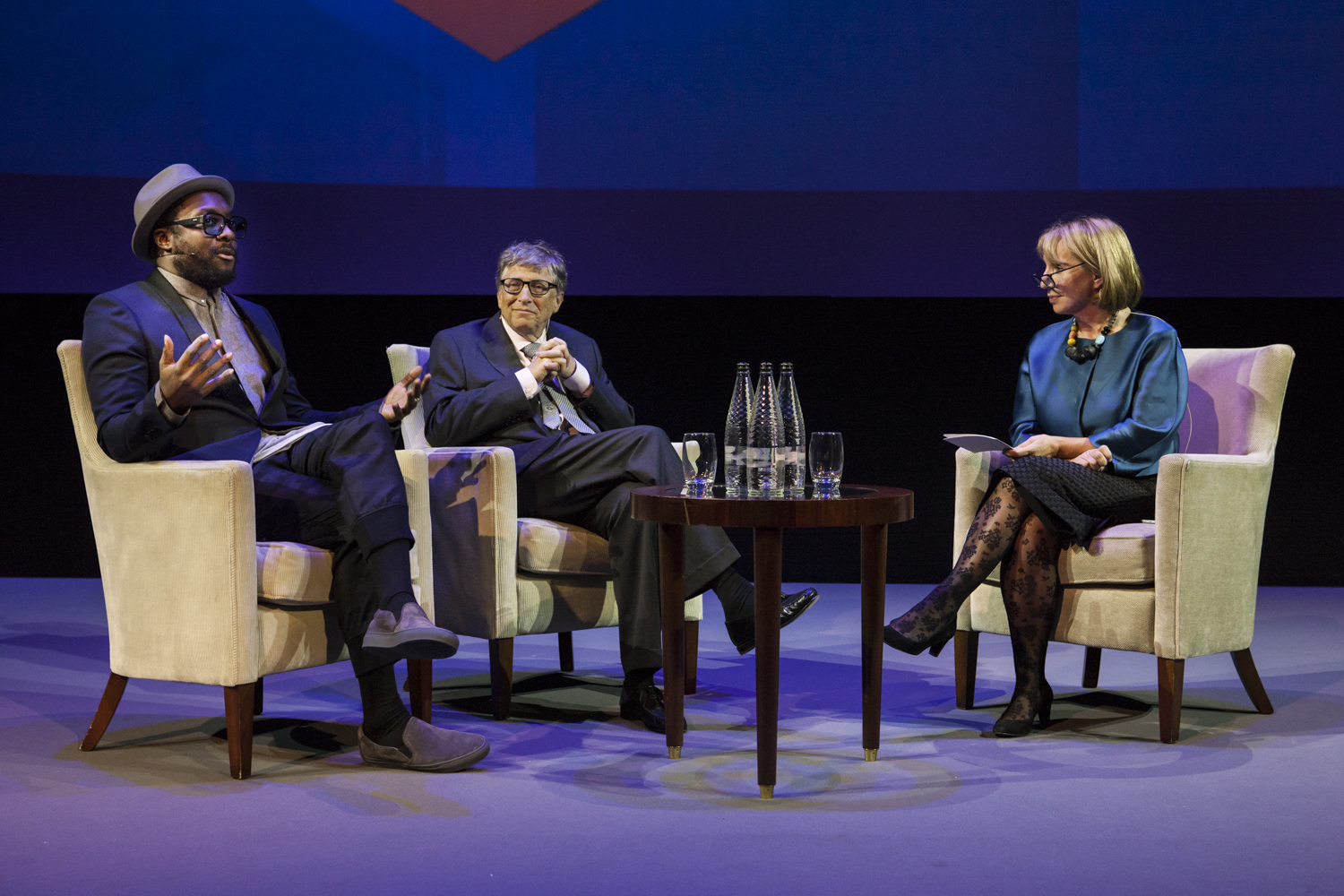
Roger Highfield, Director of External Affairs, describes an extraordinary meeting of minds that took place in the Science Museum.
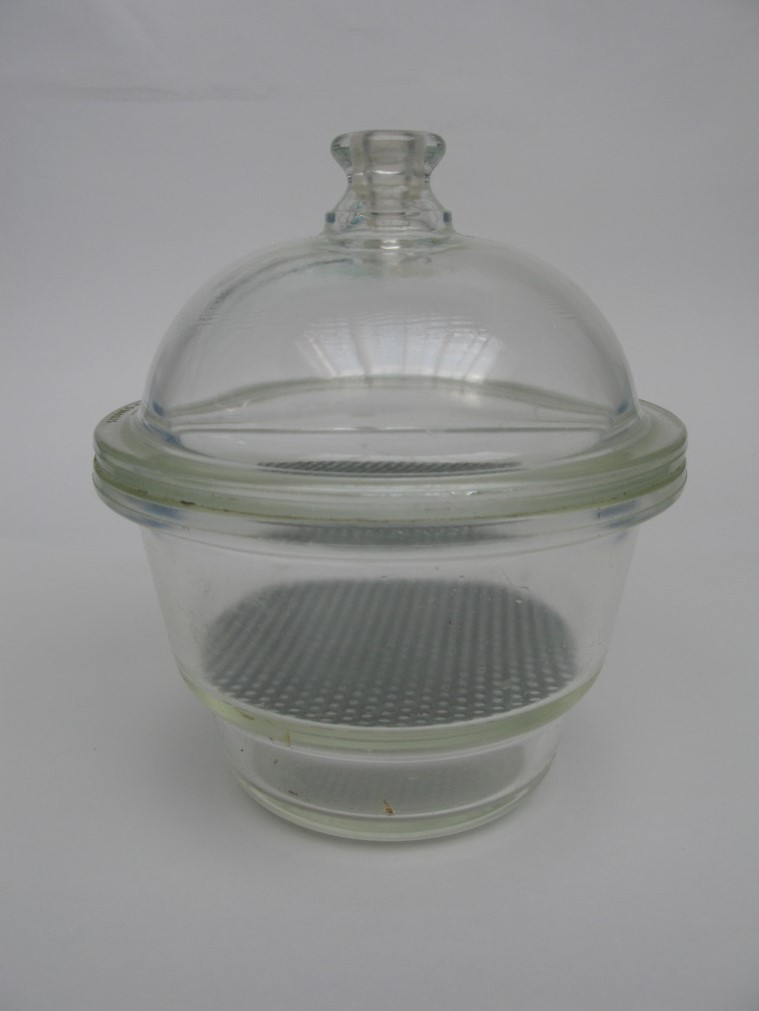
It may look like a humble glass jar, but this embryo incubator was used in the creation of the world’s first ‘test-tube babies’.
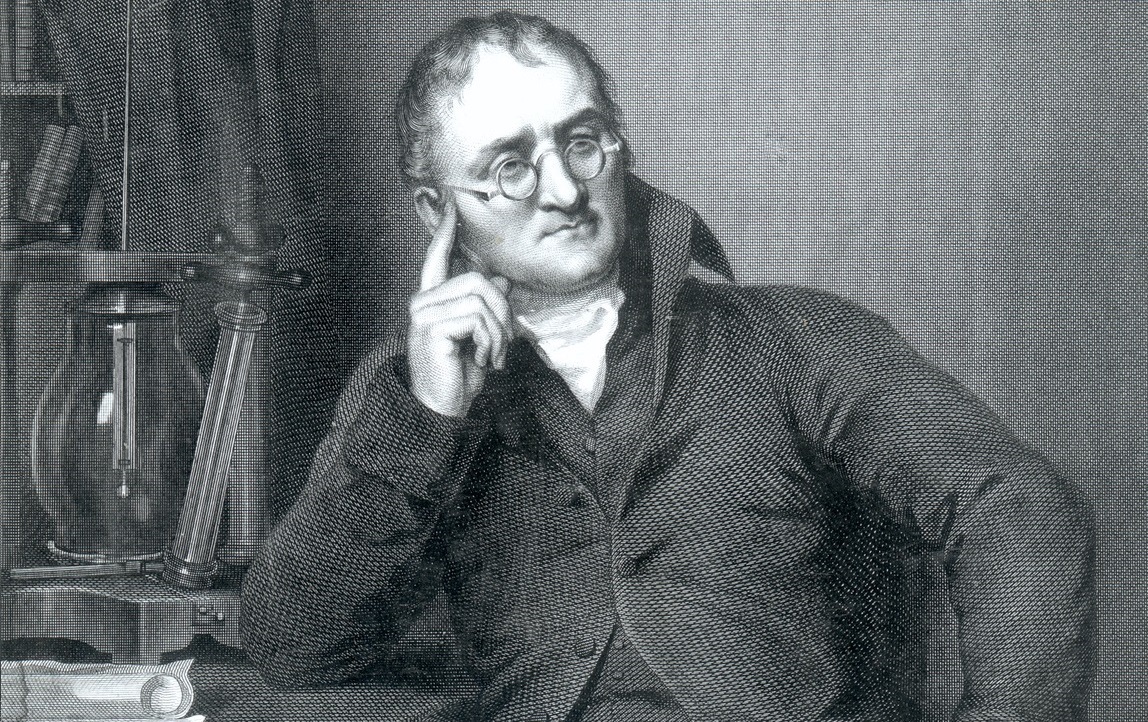
Two hundred and fifty years after his birth, Stephanie Millard celebrates the life of John Dalton who laid the foundations of modern atomic theory.
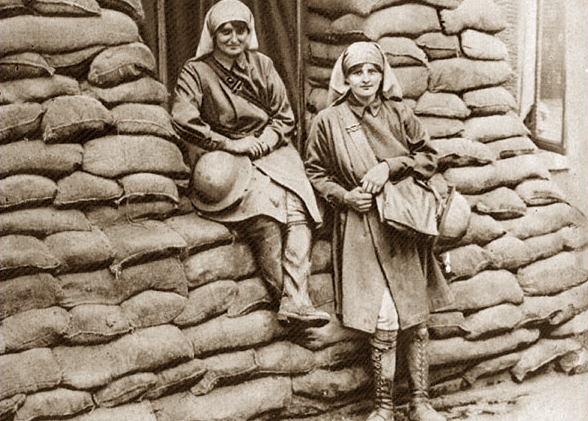
Women played a vital front-line role during the First World War. Stephanie Millard explores the stories behind the heroines.

Mysterious red circles have appeared on the skin of Olympic athletes at Rio 2016. Assistant Curator of Medicine Jack Mitchell explains more.
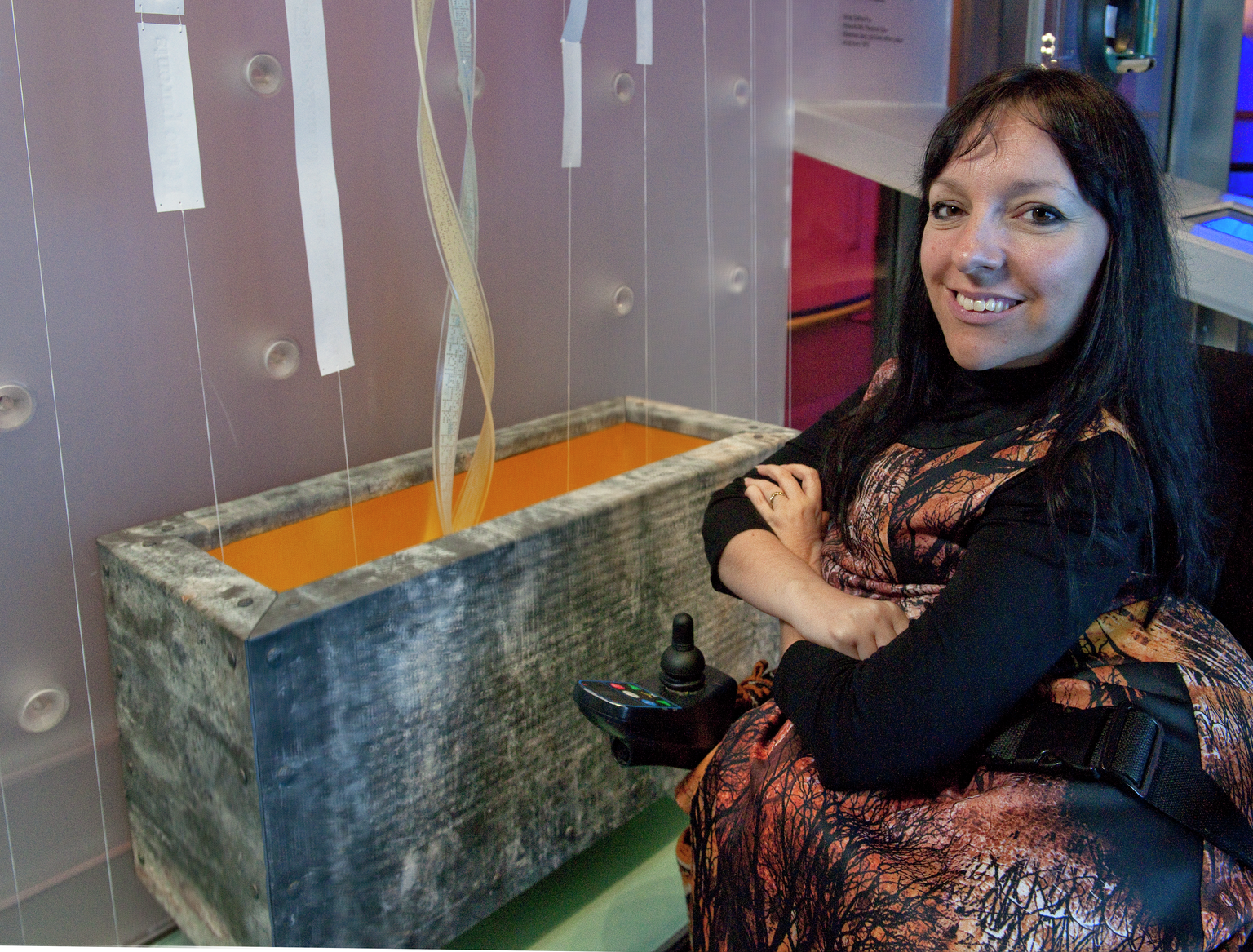
Artist Esther Fox explores the ethical challenges associated with pre-natal genetic screening in a new piece of art now on display in the Museum.
Type 1 Diabetes is a condition that needs to be managed around the clock. Ask anyone who has managed this condition for an extended amount of time and you will hear that the main challenges are not the multiple daily injections, or even the invasive blood testing, but the mental pressure to keep track of your blood sugars, treatments, medication calculations and the relentless effort to keep this never-ending juggling act going.
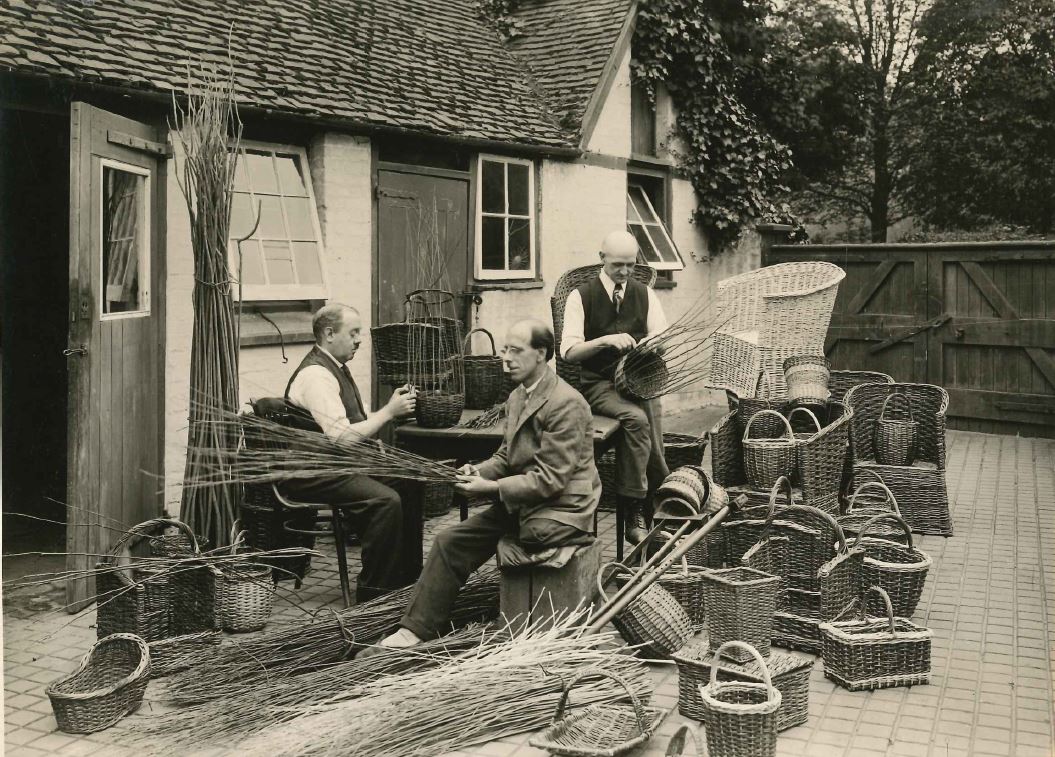
Sue Freeth, CEO of Combat Stress reflects on the psychological impact of WWI and draws parallels with treatment provided to soldiers today.
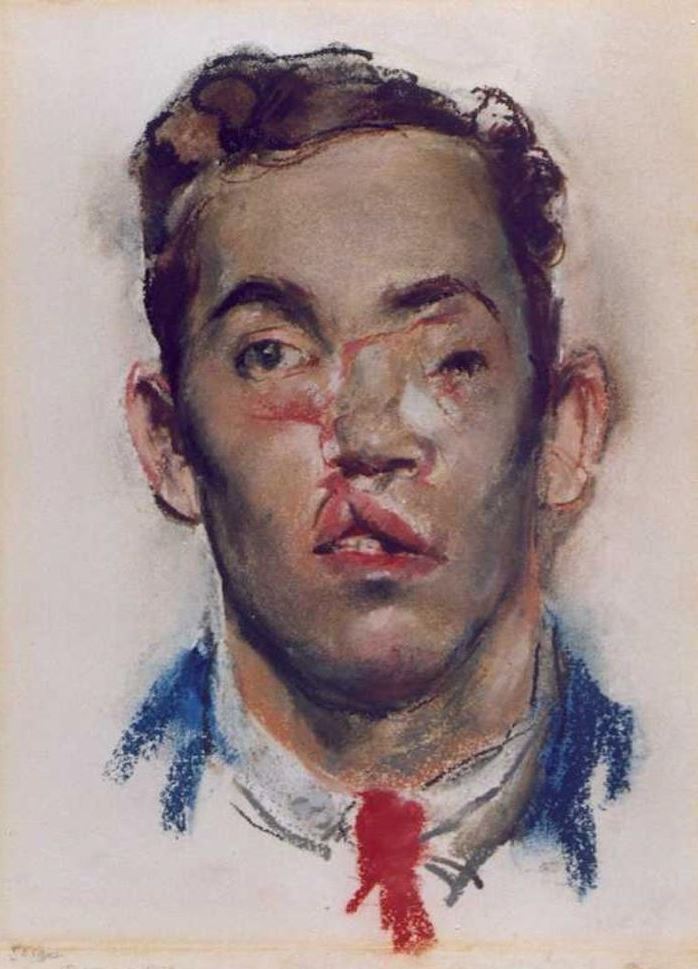
Of the many emotive objects in our Wounded exhibition none have the power to move more than this series of pastel sketches of young Allied soldiers.